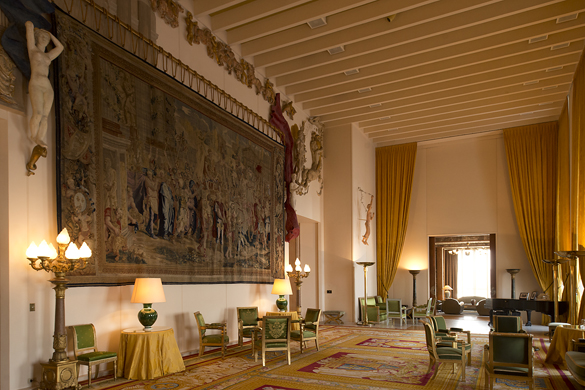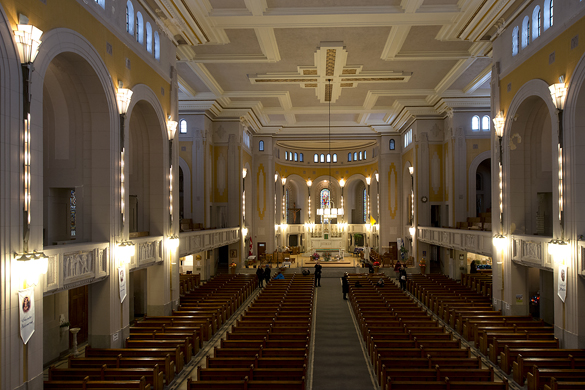Moderne
Last weekend, I was among the very lucky people who attended Michael Windover’s symposium, Art Deco in Context: Cosmopolitanism, Class, and Culture between the Wars. It was a truly wonderful event, with a blend of excellent papers from international scholars, hands-on workshops with fascinating artifacts from the 1920s and ‘30s, and several unforgettable site-visits.
Here are just a few of the highlights:



On Saturday afternoon, we divided into several groups, each of which was presented with an Art Deco object to inspect. The idea was that we would use the methods of material culture to decipher what the object’s function was.
In fact, this is a cauterizer for snipped haemorrhoids. Gabby and Ashley reacted far more bravely to the news than I would have.

All of these remarkable objects were provided by the Canada Science and Technology Museum – they may be temporarily ‘closed’, but they are anything but gone!

Ernest Cormier, best known to Ottawans as the architect of the Supreme Court of Canada building, is in fact much better-known elsewhere as the architect of the U de M. In a country whose academic landscape was dominated by Collegiate Gothic inspired by English models, U de M was a dazzling statement of autonomy and modernity. This is the auditorium. How I would love to lecture there…


Art Deco in Context was a great three days. Congratulations and thanks to Michael and his many collaborators for an outstanding event – and congratulations to those of our students who were able to take advantage of it!